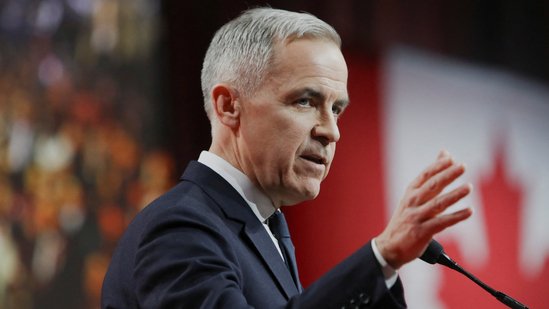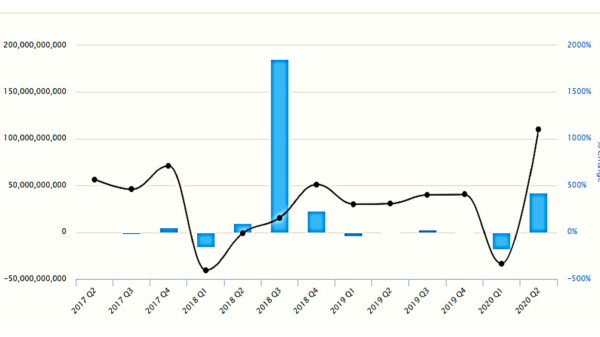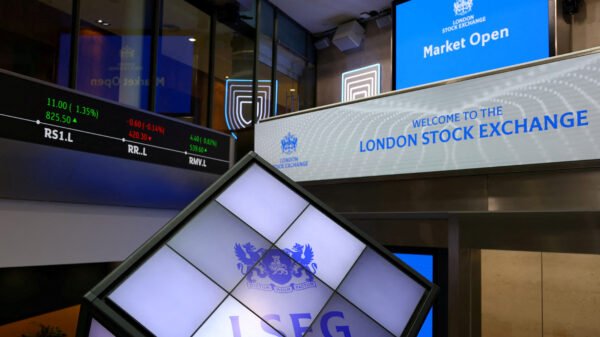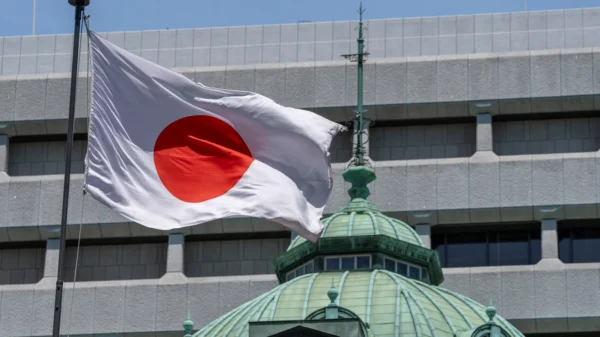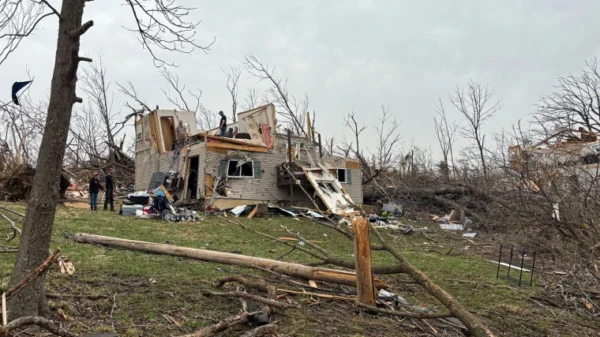This dramatic shift in Antarctica Winter Sea Ice levels could have dire consequences for the wildlife, such as penguins, which rely on the sea ice for breeding and raising their young. Additionally, Antartica accelerates global warming by reducing the amount of sunlight reflected by the white ice back into space.
The Antarctica sea ice extent peaked this year on September 10, covering 16.96 million square kilometers, marking the lowest winter maximum since satellite records began in 1979. It’s worth noting that this extent is nearly 1 million square kilometers less than the previous winter record set in 1986. According to the US National Snow and Ice Data Centre (NSIDC), this isn’t just a record-breaking year from Antartica; it’s an “extreme record-breaking year.”
Ongoing Analysis:
The figures provided are preliminary, with a comprehensive analysis expected to be released next month. Sea ice generally reaches its maximum extent around September, near the end of winter, before melting to its lowest point in February or March as summer approaches.
Summer Sea Ice Also Affected:
In addition to the winter sea ice decline, the summer sea ice extent in Antarctica reached a record low in February, surpassing the previous record set in 2022.
Concerns Over Climate Change Impact:
The Arctic has witnessed substantial impacts from climate change over the past decade, with rapidly deteriorating sea ice due to warming four times faster than the global average. However, the influence of warming temperatures on sea ice near the southern pole has been less certain.
The recent trend towards record-low conditions in Antarctica has raised concerns among scientists that climate change may finally be manifesting itself in the region’s sea ice.
While it is too early to draw definitive conclusions, an academic article published in the journal Communications Earth and Environment earlier this month pointed to climate change as a potential factor. The study indicated that warming ocean temperatures, primarily driven by human-caused greenhouse gas emissions, are contributing to the reduced sea ice levels observed since 2016.
The Call for Action:
Ariaan Purich, a sea ice researcher at Australia’s Monash University and co-author of the study, emphasized the importance of reducing greenhouse gas emissions to protect these crucial frozen regions. She stated, “The key message here is that to protect these frozen parts of the world that are really important for a whole number of reasons, we really need to reduce our greenhouse gas emissions.”





